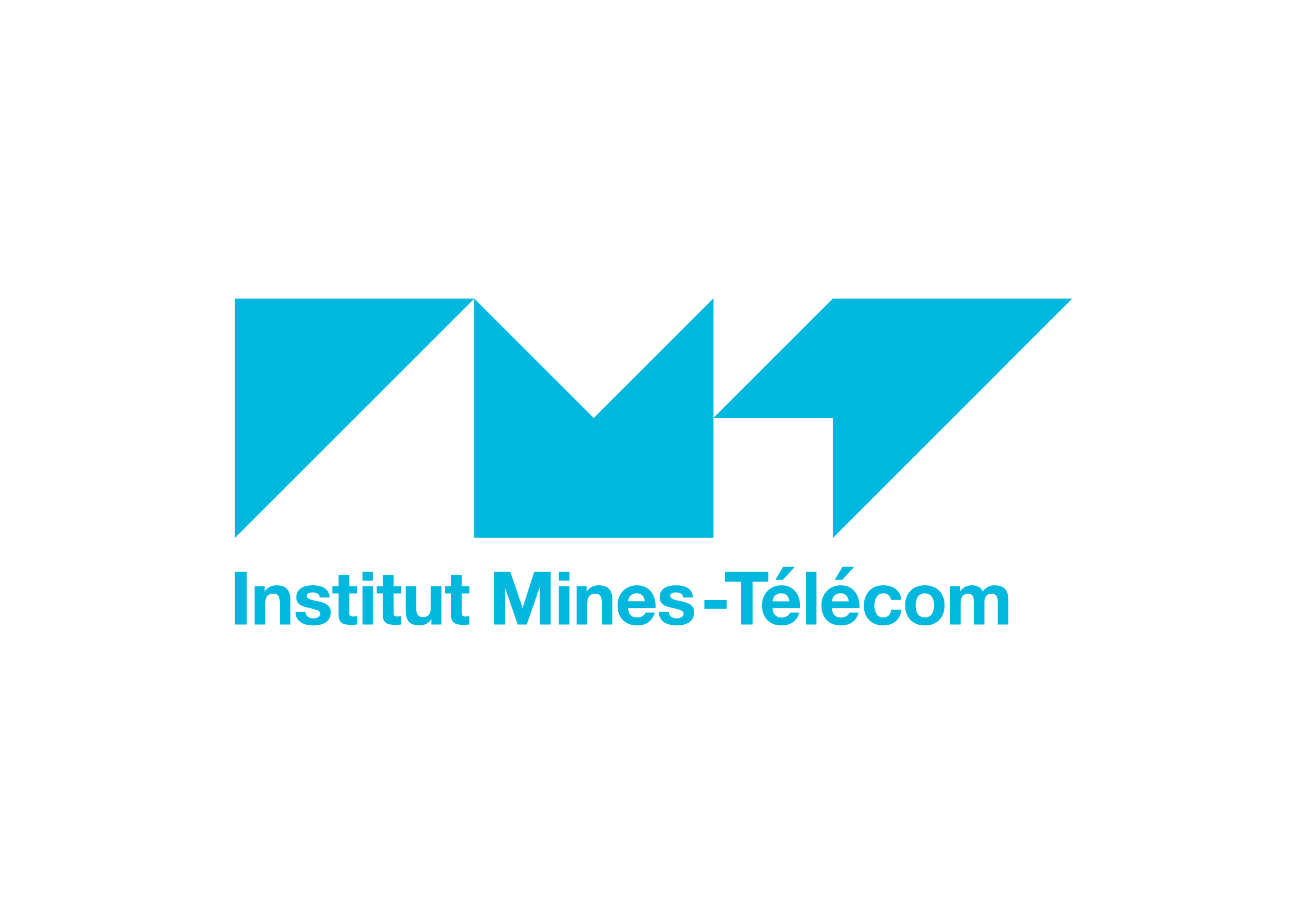Institut Mines-Telecom, Telecom ParisTech, France
Profile
TÉLÉCOM PARISTECH is one of France’s leading graduate engineering schools and is considered the school in the field of Communication and Information Technologies. Its disciplines include all the sciences and techniques that fall within the term “Information and Communications”: Computer Science Networks, Communications, Electronics, Signal and Image Processing, as well as the study of economic and social aspects associated with modern technology.
The school was founded more than a hundred years ago and is classed among the Grandes Ecoles d’Ingénieurs. Because of its high scientific standard and the extremely competitive admission procedures, TÉLÉCOM PARISTECH can be compared to the highest level engineering schools and universities that one would find abroad.
As an institution of higher education, the school is publicly funded, with close links with a number of partner institutions: it is part of a federation of schools in telecommunications, called the INSTITUT MINES-TELECOM and a member of ParisTech, a multi-campus networks of nine graduate engineering schools, all located in the Paris area.
TÉLÉCOM PARISTECH today has a faculty of about 150 full-time staff (full professors, associate and assistant professors), over 200 part-time lecturers and a student body of about 1000 students (including 750 in the three year diploma program, 100 in one of the master’s level programs, and 200 Ph.D. students.
TÉLÉCOM PARISTECH’s four departments carry out research and teaching activities in the school’s central areas of expertise. The one involved in the project is the Department of Communications and Electronics (COMELEC). This department has a long experience in the analysis and design of embedded systems in which safety and security are of utmost importance. The Laboratory involved in the project (LabSoC) regroups experts in both computer science and electronics, therefore covering the embedded system domain addressed in the project. In particular, the LabSoC is the leader of several modelling and verification actions for safe, efficient and secure systems, e.g., the DIPLODOCUS, AVATAR and SysML-Sec UML/SysML profiles has been defined at LabSoC. Tools for supporting such profiles are also lead by LabSoC, e.g., the “TTool” framework.
Relevant expertise
Telecom ParisTech expects to bring its expertise for AQUAS in the modelling of verification of models of the considered systems (e.g., railway system). One design phase we specifically target is the design space exploration with safety, performance and security in mind. One strength of our approach is that it explicitly takes into account both hardware and software components, and so it considers both for the verification of safety/performance/security.
Our activities will contribute to all work packages, with a particular focus on the methodological WP3 and the associated tooling WP4. TTool will indeed be updated to better support actions / decisions taken in the scope of the project, and will be confronted to the applied Use Cases (WP2). TTool might obviously be also adapted in order to better interact with other related tools, in particular with the tools of partners involved in the same use cases. As usual, all our work in the scope of AQUAS will be released with open-source licences, i.e., models and tools.
MTTP will also contribute to dissemination activities in WP5 by writing conference and journal papers, and participating in conferences (e.g., MODELS). We could also contribute to the organization of a workshop, with a specific focus on the dissemination of the results in France (NEPTUNE, JDEV actions).
Main tasks
MTTP expects to make a joint modelling and analysis action with ALL4Tec and CEA, in particular in performance and safety. With ALL4TEC, an interesting synergy is the relation between hand-made attack trees, and the ones that can be generated automatically.
BUT and Trustport have already settled collaboration in the scope of various security-related projects Collaborating with seem is very promising for enhancing models and proofs in the scope of joint safety/security/performance.


